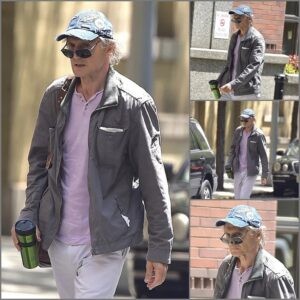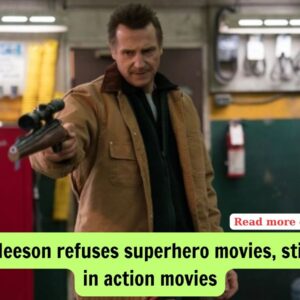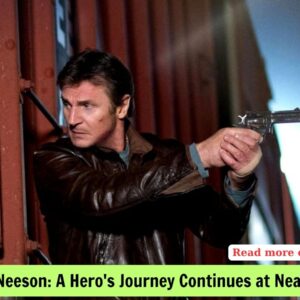In this interview, Liam Neeson talks his new film, ‘In the Land of Saints and Sinners,’ and the nervous jitters he feels heading into ‘The Naked Gun.’
In the Land of Saints and Sinners, a new crime thriller from director Robert Lorenz, feels like a bit of a homecoming for its star, Liam Neeson. The film was shot and is set in North Ireland, not far from where Neeson was born and raised, and it stars a number of prominent Irish actors in addition to Neeson, including Kerry Condon, Ciarán Hinds, and Colm Meaney.
In the film, Neeson plays Finbar Murphy, a contract killer who’s hoping to put his violent past behind him for a quiet retirement. However, those plans change when an IRA gang led by a resolute Doireann McCann (Condon) ends up hiding out in Neeson’s small village after a bombing gone wrong.
When Doireann’s cruel brother starts abusing a young girl that Finbar is friends with, the two killers are put on a deadly collision course that ultimately puts the whole village in danger.
Though that setup may sound a bit like one of Neeson’s action-packed beat-’em-ups, Saints and Sinners is more of a thoughtful, character-based thriller that allows for plenty of quiet, contemplative moments that are just as engrossing as the film’s violent showdowns.
In this exclusive, one-on-one interview with Collider, Neeson talks about how starring in the new film was a “no-brainer” and ponders why retiring hitmen make for such great movie characters. He also explains why he’s a bit nervous taking on the role of Frank Drebin in director Akiva Schaffer‘s upcoming reboot of The Naked Gun.
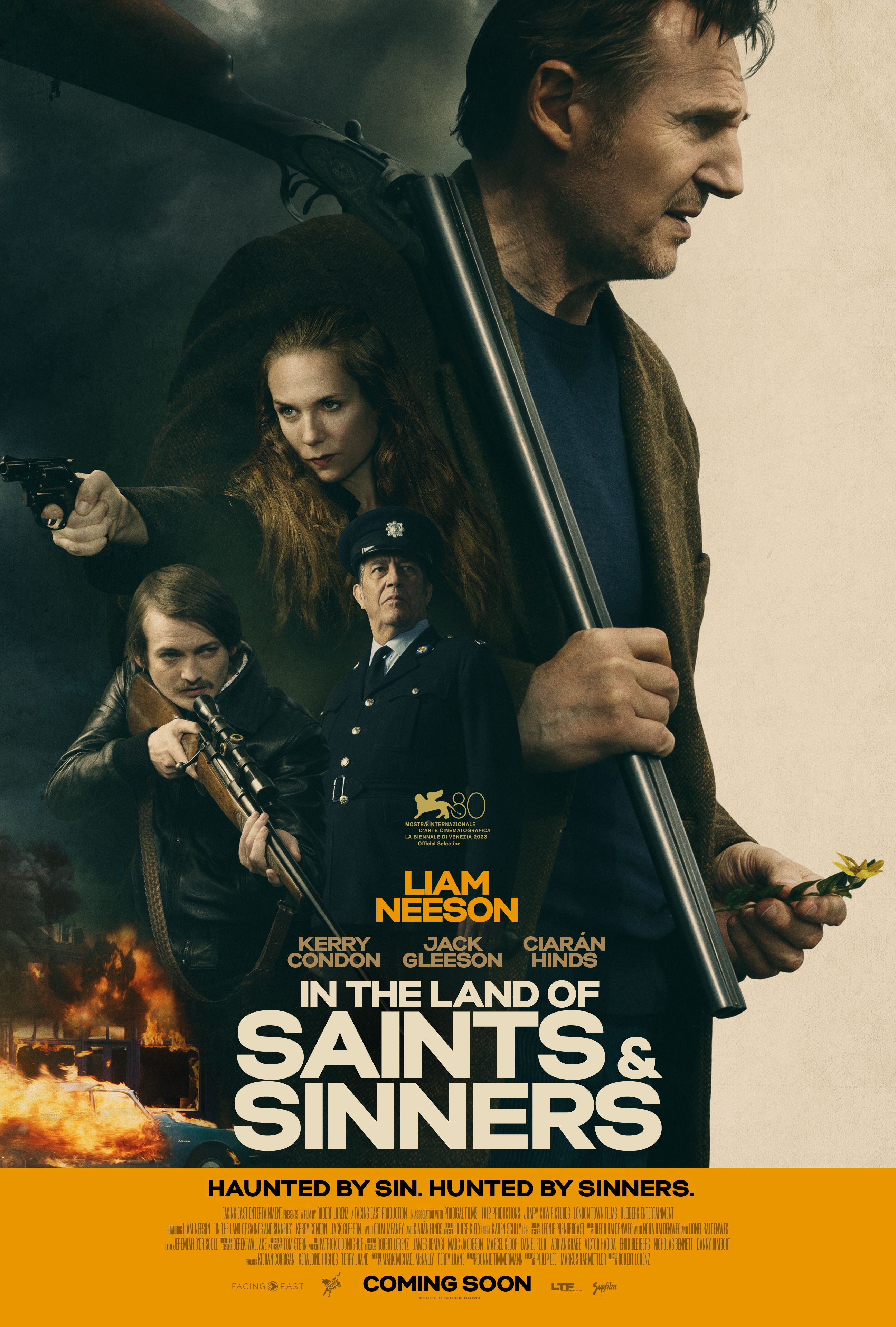
In the Land of Saints and Sinners
In a remote Irish village, a damaged father is forced to fight for redemption after a lifetime of sins, but what price is he willing to pay? In the land of saints and sinners, some sins can’t be buried.
Why ‘In the Land of Saints and Sinners’ Felt Like a Homecoming For Liam Neeson
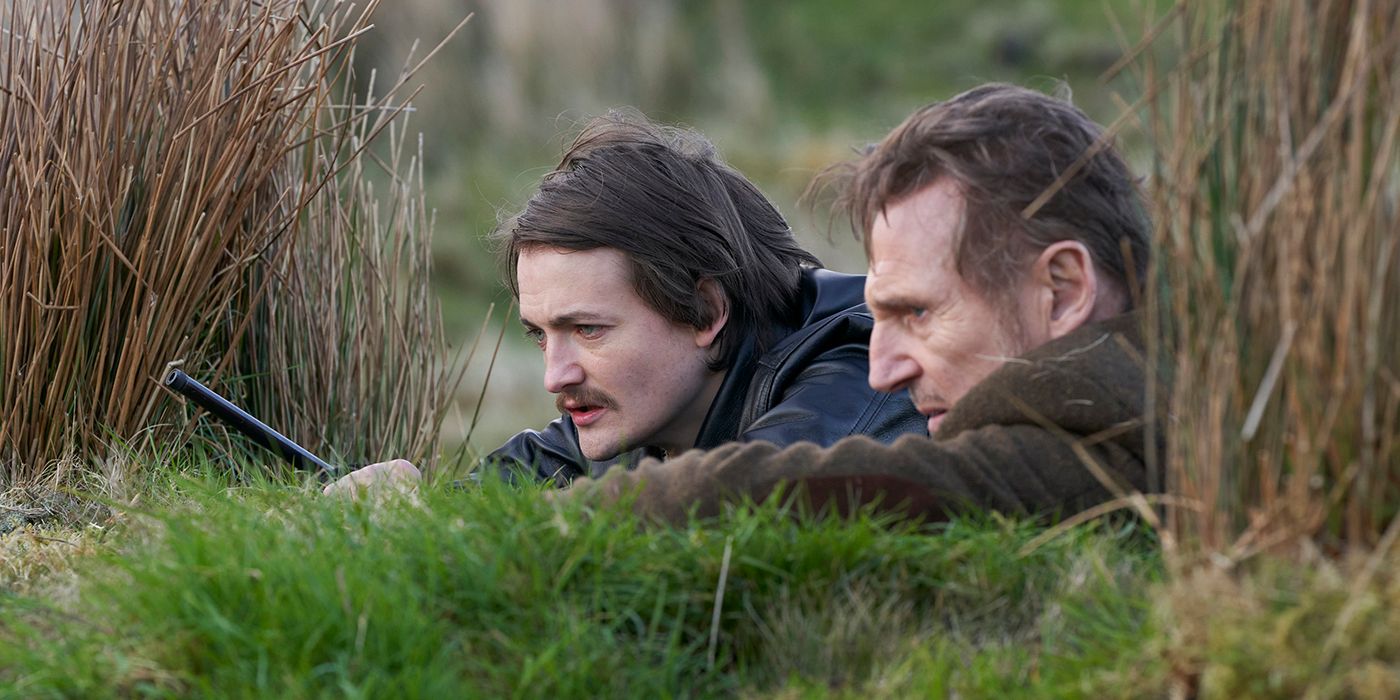
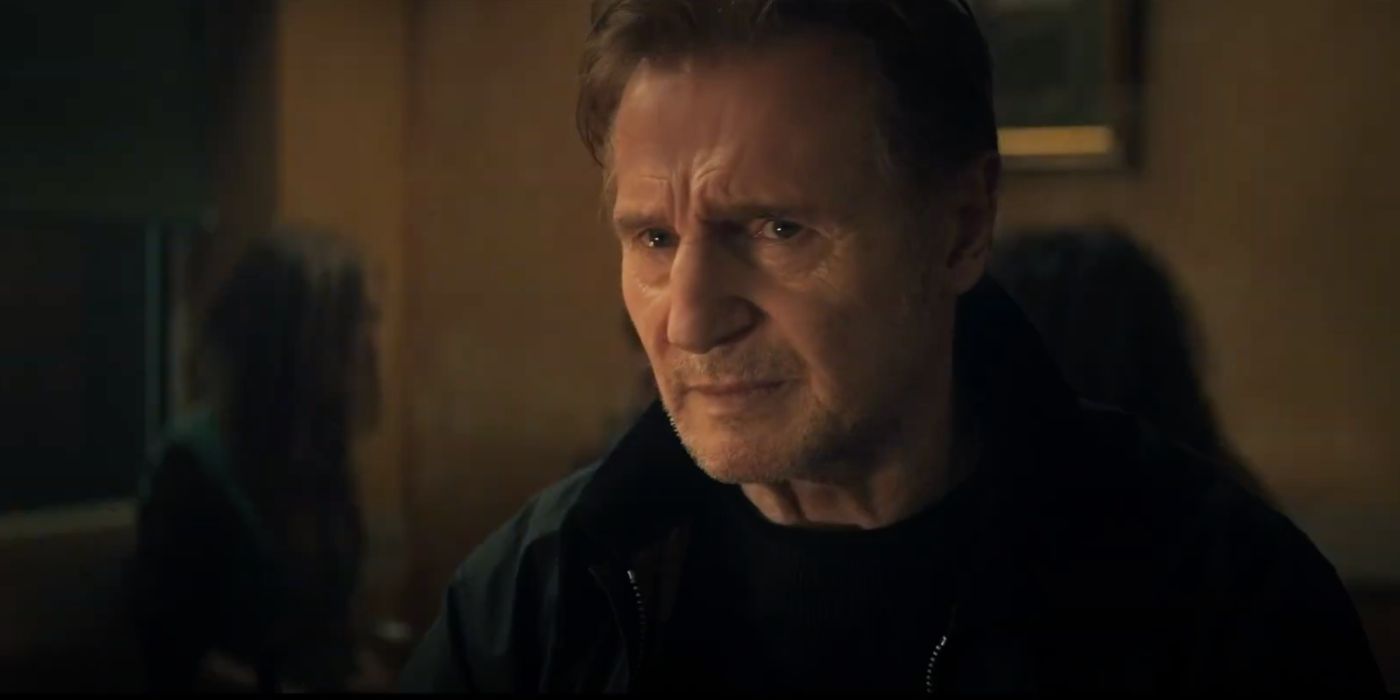
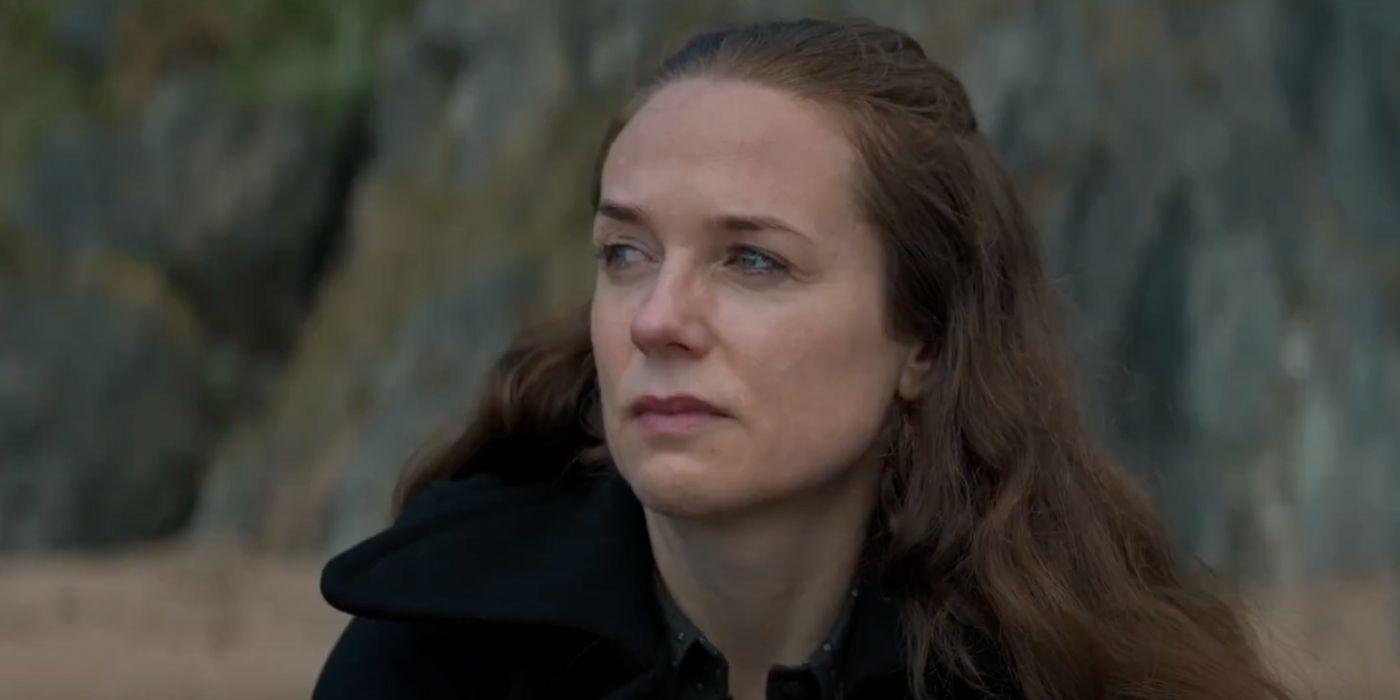
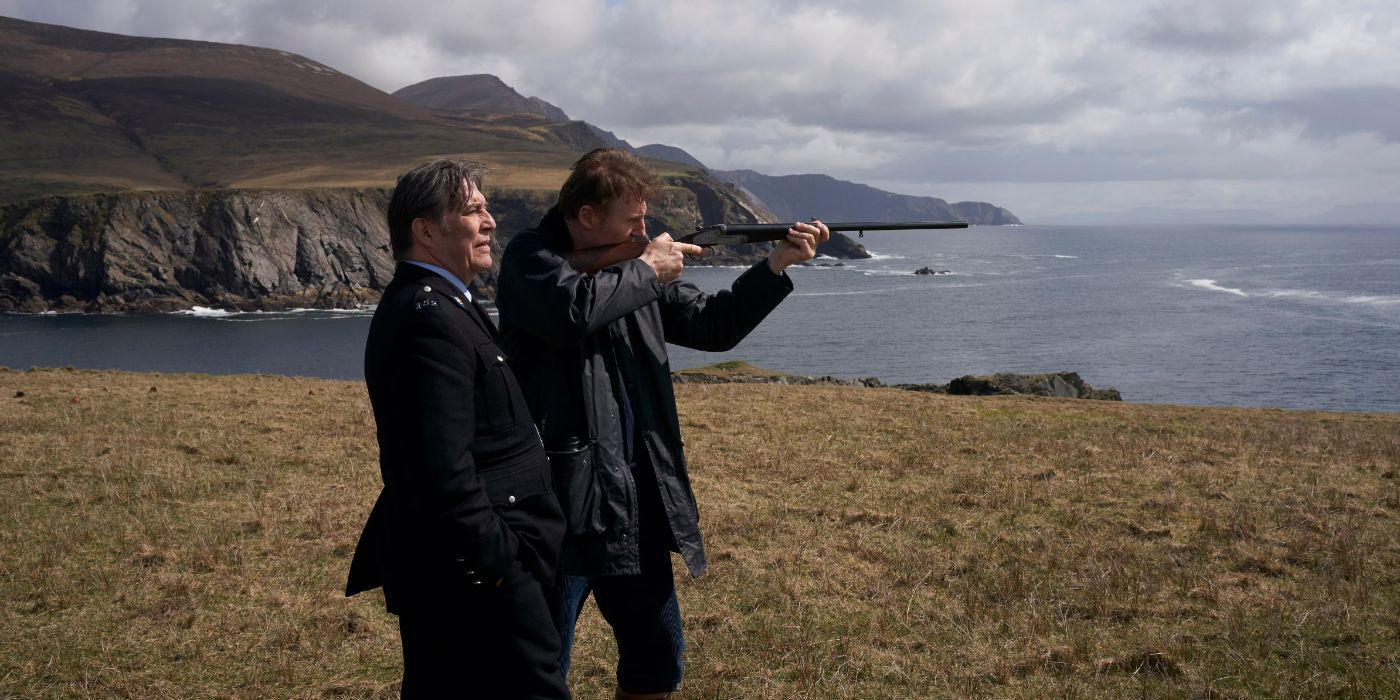
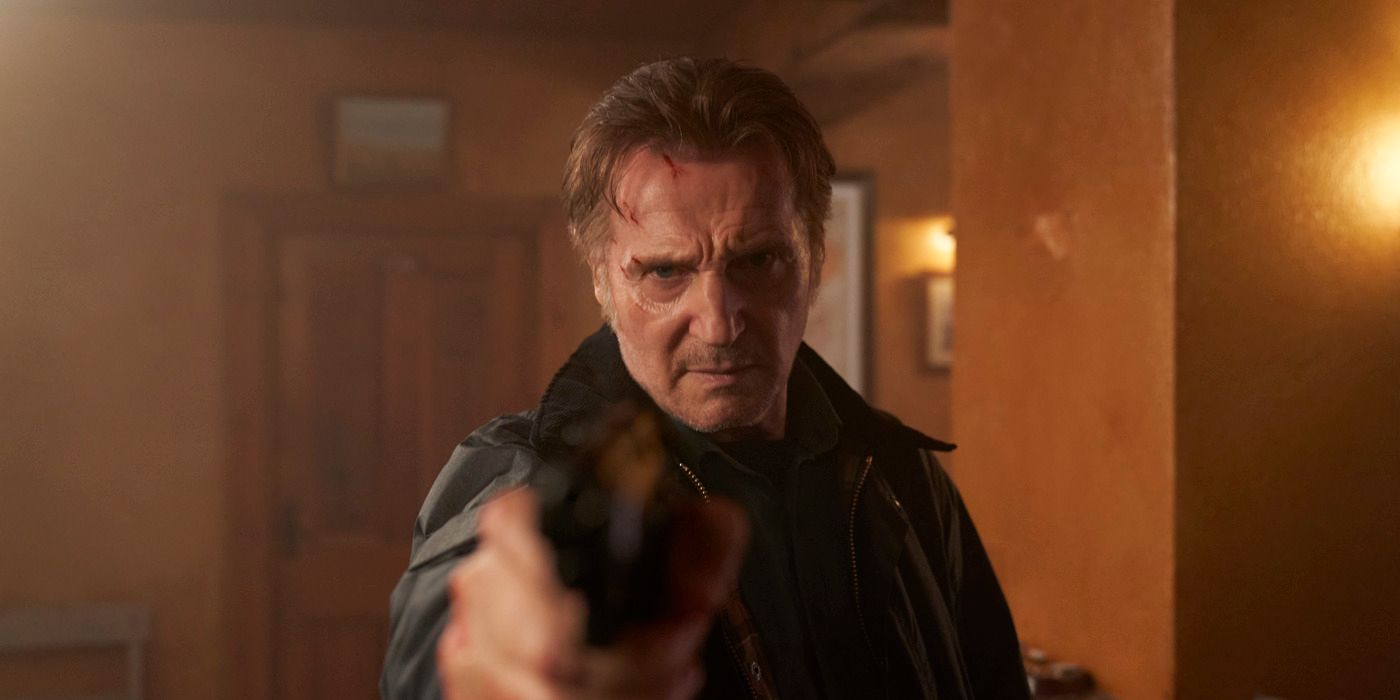
COLLIDER: Being that you’re one of our pre-eminent Irish actors, how satisfying is it for you to make what is a very Irish film that’s shot in Ireland and features an absolute murderers’ row of Irish-born actors. Does that make this project feel like a special one for you?
NEESON: Yeah, very much so. In the past, I’ve always wanted to avoid Irish subject matters, partly to do with the troubles that happened in the north of Ireland for 30 years.
But this one, I thought it was a really good script. I loved the fact that Rob Lorenz, who I’d done The Marskman with, was directing it. Tom Stern, our director of photography. And to get a chance to act with dear, dear old friends! Ciarán Hinds has been the brother I never had for 50 years. Colm Meaney … I’ve known Colm for 40 years.
And a chance to work with Kerry Condon, a terrific actress, and young Jack Gleeson … yeah, it was a no-brainer for me, actually. It really was. And to shoot up in the northwest of Ireland in County Donegal — very rugged, very, very beautiful terrain.
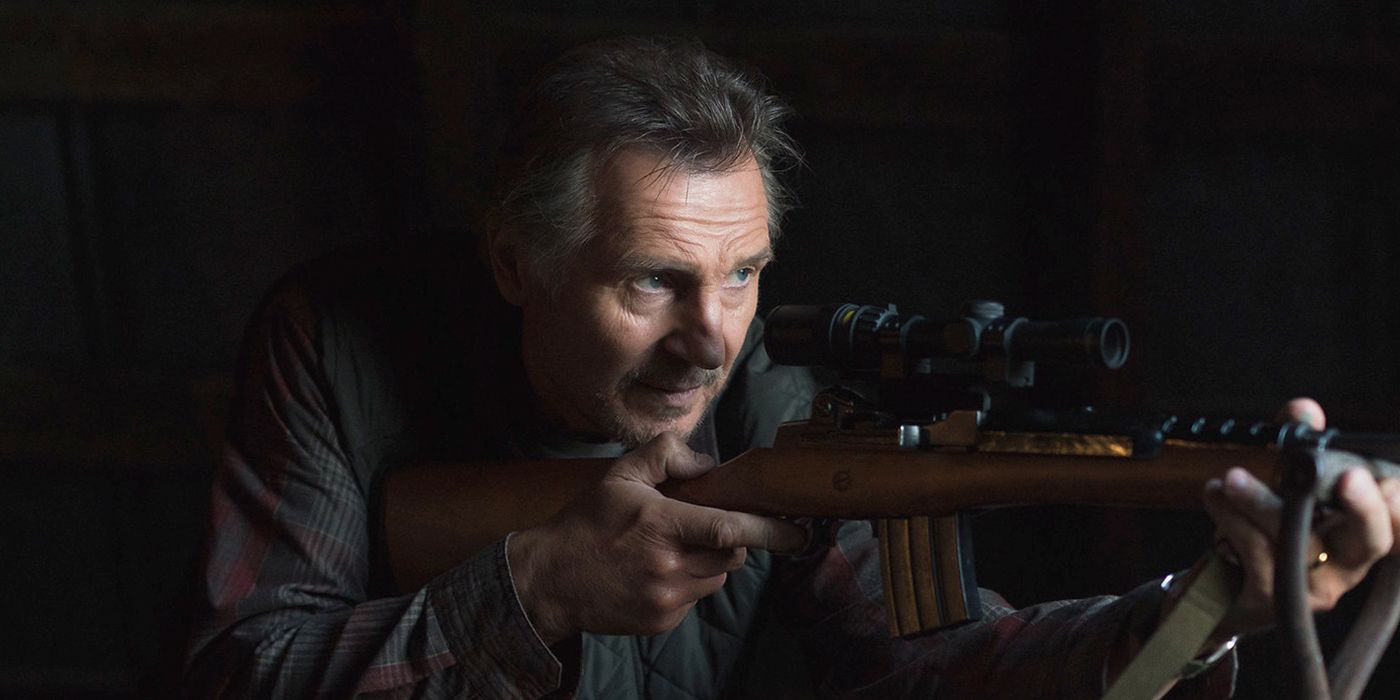
Plus, if there is a role or genre he still wants to do
I thought Kerry Condon was wonderful in this film. The two of you, your characters, are on a collision course throughout the whole film, but you don’t actually share scenes together until close to the end of the movie. At what point in the production did you shoot those scenes? And was everyone aware of just how important it was going to be to get those couple of scenes right?
NEESON: Yeah, I mean, obviously you want to get every scene right. I’m trying to think of the shooting order. Certainly the big pub bar scene, which we shot over two days, I want to think that was near the end of production just in case anything went wrong. Because there was quite a bit of gunfire and stuff.
Those scenes, in general, the companies would shoot those towards the end in case anybody got accidentally hurt, rather than shooting at the start of the production, where you totally messed up if something happened. Obviously the bar scene … I don’t want to spoil anything for your audience.
That’s a big sequence. You want to get it right, and perhaps you spend a little bit more time on it just because of the geography of the whole piece and having various actors and extras moving through gunfire scenes and stuff like that. That takes time to choreograph. But I like to think we hit every scene with integrity and honesty, and just keep the pace of the shooting of the film going quite speedily.
Interestingly, the last interview that I did for Collider was with Ian McShane, and it was for a film called American Star, which, like your film, is about an aging assassin who starts to question the life he’s made for himself. And yet that film and Saints and Sinners are completely different movies. So my question is: What do you think it is about that basic plot — the “retiring hitman on a final job” sort of thing — that proves to be such fertile ground for such diverse and interesting storytelling?
NEESON: Yeah, it does. There seems to be quite a history of those types [of films]. Going back to … oh, I’m thinking of Gary Cooper in High Noon, which doesn’t quite fit that mold. But it goes back to certainly the ’40s, ’50s. It is intriguing because someone that takes other people’s lives for a living is itself kind of fascinating, and if you give him or her an extra dimension or two — a couple of extra levels — then it makes it very, very intriguing to watch. I didn’t see Ian’s film, but I’m sure, given the wonderful actor he is, that he supplied those extra layers. I like to think I do, too.
When I was 15 years old, my absolute favorite movie in the world was The Naked Gun, so much so that I had the poster hanging on my bedroom wall. You have been lined up to play Frank Drebin in a reboot of that film for a few years now, and I believe you’re finally about ready to start shooting. What has been the hardest part of getting The Naked Gun to the start line, and what do you think is the most important thing for the team behind that movie to get right?
NEESON: Well, obviously, the script has got to be funny, you know, and have a kind of a theme, a kind of a story — albeit quite loose — going through it, rather than just a series of gags, which can get boring very, very quickly. Yes, I’m honored to be offered the part of Frank Drebin and a little bit nervous about it. I’ve done a couple of [comedy] skits before that were just very short TV things, but this would be 95 or 100 minutes of a film. They’re still casting it. So, hopefully, my other cast members will be funny and sexy, so that I can just be dead absolutely straight. There has to be lots of visual gags going on, too.
As far as getting that deadpan perfect, have you looked back at Leslie Nielsen’s performance? Or are you kind of doing your own thing?
NEESON: Yeah, I’ll do my own thing. I remember Leslie very well. I love those films. Especially that first Airplane, you know? “Don’t call me Shirley.” Just that line alone, I think, changed Leslie’s career up until he passed away.
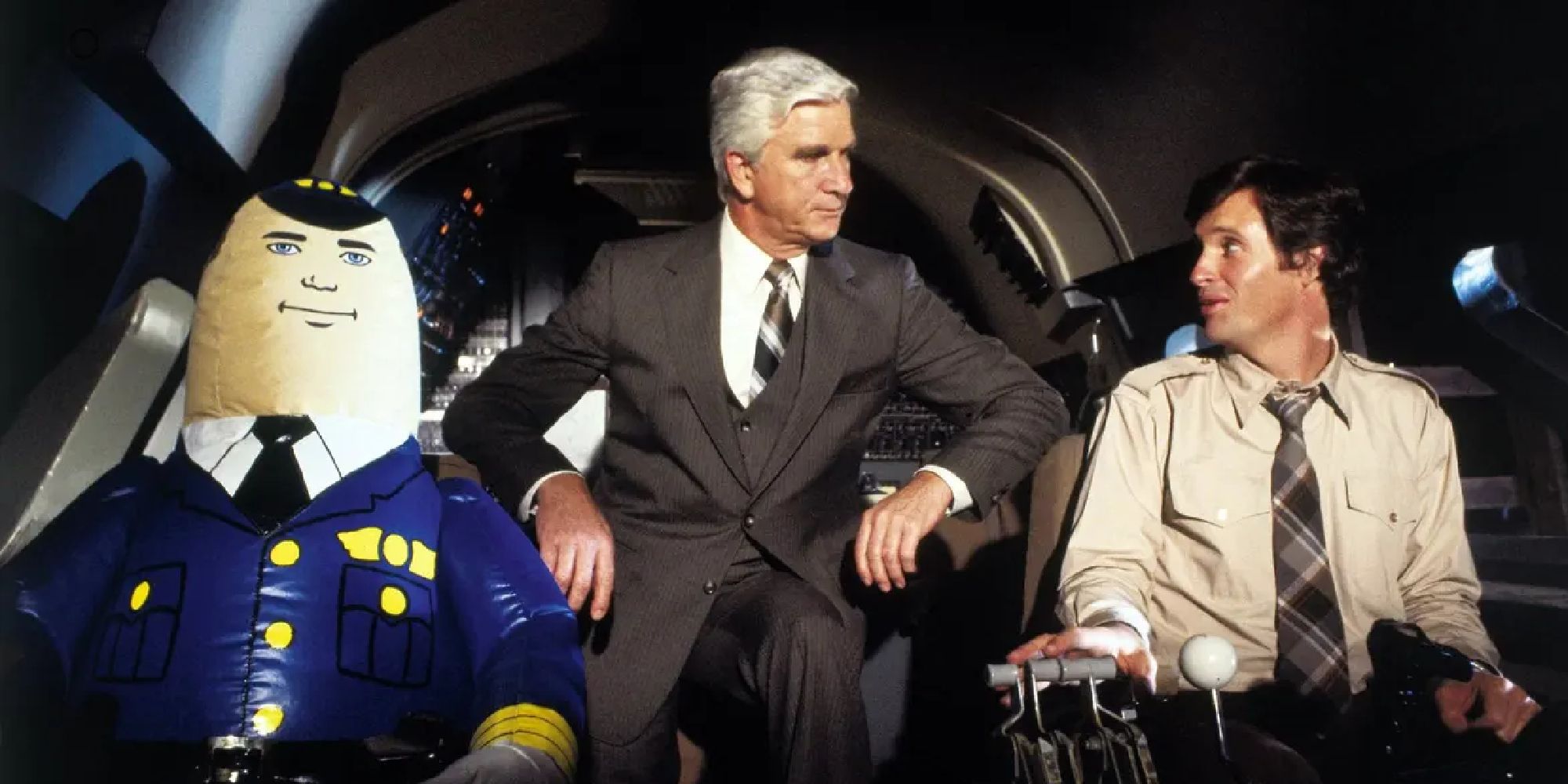
I’m a cat person, so I want to personally thank you for making “hitmen with cats” a thing again in Saints and Sinners. I feel like John Wick and his dogs have been getting way too much attention. How well-behaved was your feline co-star on the set?
NEESON: She was a bit temperamental. I’d forgotten all about her until you just mentioned her. Yeah, she was a bit temperamental. It took three or four takes, you know? But she’s a lovely cat, and she liked the young girl [in the film] much more than she liked me, that’s for sure.
In the Land of Saints in Sinners is now playing in theaters in the U.S.
News
“Liam Neeson’s Surprise: Shocking Appearance Raises Eyebrows on the Street”
Liam Neeson, 63 years old, famous actor with a series of roles in action movies: “Taken”, “Non-stop”… appeared thin and haggard on the streets of New York…
“Liam Neeson on Embracing Action Roles at 70: ‘I’m Getting Away with It’”
Liam Neeson is looking back at becoming an unlikely action star with 2008’s Taken Liam Neeson’s age isn’t getting in the way of his status as an action…
Liam Neeson refuses superhero movies, still acts in action movies
Although Liam Neeson has no plans to star in any more superhero movies, he said he will continue to participate in action movies. (Photo: The Playlist) Liam…
“Liam Neeson Delves into ‘Honest Thief’, Reflects on ‘Darkman’ Memories, and Addresses the Star Wars Reunion Rumors”
He also reveals which of his films he’d love to have revisited with a sequel. From writer/director Mark Williams (co-creator of the Netflix series Ozark), the crime drama Honest Thief tells the…
Liam Neeson’s action thriller suffers due to predictable twists, rushed ending
Liam Neeson’s Retribution is strictly a one-time watch for action star’s fans. However, a few of them might get disheartened as well. Liam Neeson’s films of late…
“Is ‘Made In Italy’ Worth the Watch? Analyzing Liam Neeson’s Movie Reviews and Rotten Tomatoes Scores”
The Liam Neeson movie Made In Italy is currently proving surprisingly popular on Netflix, but is this largely forgotten 2020 dramedy worth watching? SUMMARY Made In Italy…
End of content
No more pages to load
